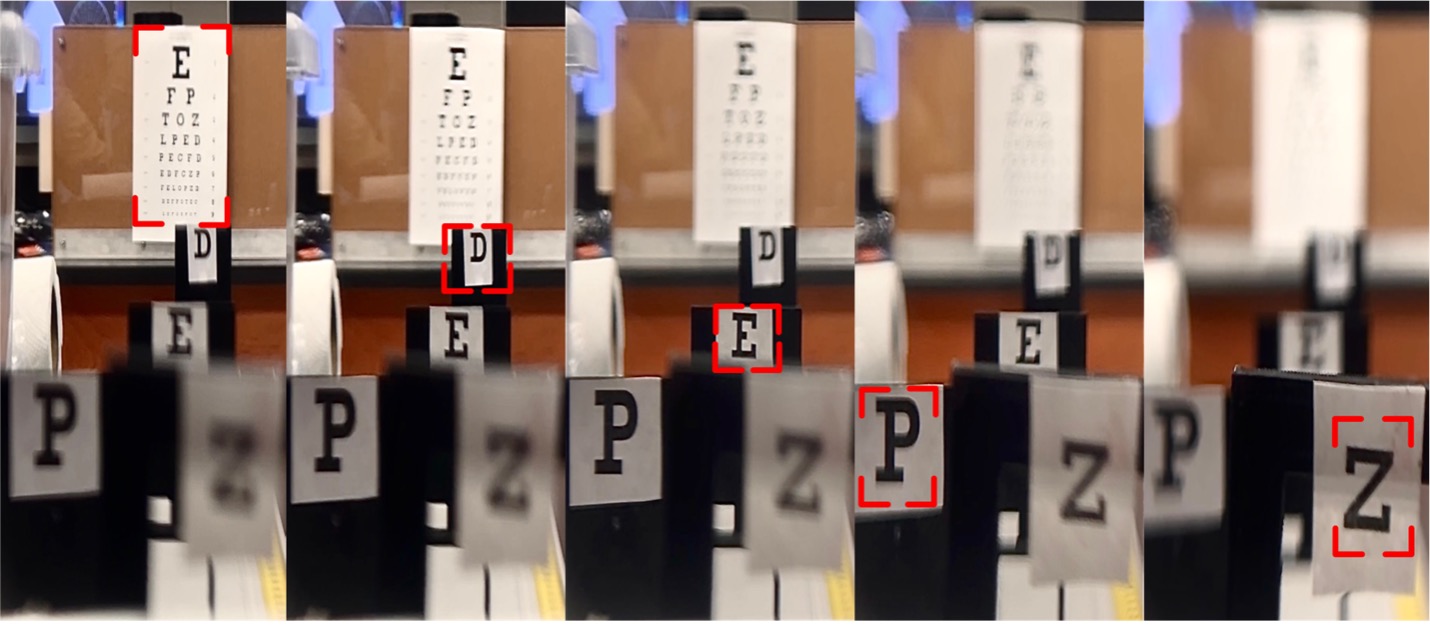Description:
Summary
Current corrective lenses targeted at myopia, hyperopia, and other eyesight disorders are static and incapable of adapting to changes in vision and the intended viewing target of wearers. Vanderbilt engineers have developed a liquid lens with tunable focus that can be precisely adjusted to match 99% of prescriptions, can provide enhanced vision over a broad range of distances, and can automatically adjust its focus based on the user’s intended target.
Addressed Need
Over 2 billion people worldwide suffer from myopia, hyperopia, and other focus-related eyesight conditions. Unfortunately, existing solutions provide only one to three static corrective lenses, making them incapable of comprehensively adapting to changes in vision. Additionally, such static lenses do not allow for clear, finely tuned vision over a sufficient range of distances.
Technology Description
Vanderbilt researchers have developed an eyeglass-compatible liquid lens that changes shape and focal depth on-demand. The wearer can adjust it to rapidly match 99% of focus corrections (-6D to +10D) by modulating a minute voltage provided by the small, built-in battery. The user can also adjust the lens’ neutral, zero-voltage shape/focus in a matter of minutes. By tracking eye vergence, these lenses can even automatically change focus based on the distance of the wearer’s viewing target.
Competitive Advantages
This technology enables a single lens to precisely match foci that would previously have required a series of discrete static lenses. Additionally, unlike static lenses, these liquid lenses provide the wearer clear, enhanced vision over a wide range of distances. This invention can also achieve seamless, automatic focus modulation based on the wearer’s desired depth of view. Beyond eyesight correction, this technology also has potential applications in the broader field of optics.
Stage of Development
The inventors have demonstrated -6D to +10D focus modulation using a voltage range of -3V to +3V and have shown that adjustment of the neutral shape and focus is quick and easy. They have also shown that the lens shape changes are reproducible and symmetrical. Currently, they are working to fine-tune the vergence-based automatic focus function.

Figure showing the view through a single liquid lens at different focus settings. The corrections shown range from +0.3D to +6D (left to right).
IP Status
Patent application filed.